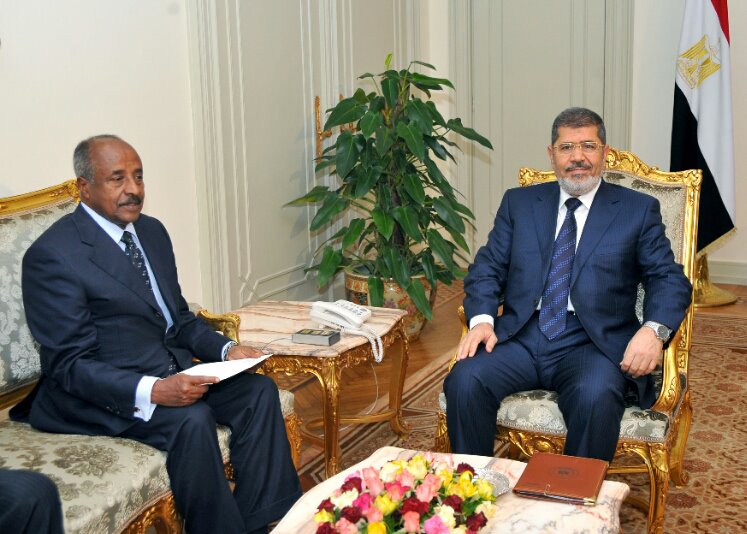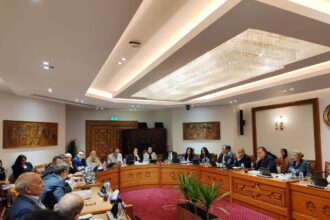A new phase of Egypt’s post 30/6 political proceedings begins today with the parliamentary elections of 2015. Whenever formal political procedure takes place, debate about participation rates and levels of civic engagement becomes more vocal. Since 1952, Egypt has witnessed a very weak formal political procedure that was characterised mainly with the absence of public participation. The robust authoritarianism of successive regimes that ruled over Egypt since the 1950s has created low levels of political participation, marginalised social and political forces, distorted perceptions of citizenship and civic engagement and an overall lack of political awareness. Despite the changes that came about after January 2011, the facts do not suggest that this political heritage has changed much.
After years of political stagnation, Egyptians were suddenly called to participate in several political proceedings starting from the referendum on constitutional amendments back in March 2011 and ending with the presidential elections in the summer of 2014. Although these processes were diverse, they shared one thing in common, declining rates of overall participation in general and youth participation in specific. After the ouster of Mubarak in 2011, youth civic engagement was at its highest levels in years. The referendum on constitutional amendments in March 2011 witnessed a participation rate of 42% of overall registered voters, a number that was unprecedented in the history of formal political procedure in Egypt. High rates of participation were also witnessed in the presidential election of 2012, specifically among youth.
However, as Mohamed Morsi’s administration assumed power, these rates began to decline. In the 2012 constitutional referendum, the overall participation rate dropped to 32.9%, with a clear setback in levels of youth participation. With the political developments that took place after 30 June, participations rates, specifically among youth did not improve. The overall participation rate in the constitutional referendum of 2014 was 38.6%, and the percentage of those who participated in the referendum and were under 30 years of age did not exceed 16% in a country where over one third of the population belongs to that age group. In the same manner, youth participation in the 2014 Presidential election was also minimal.
What these numbers suggest is that there is a strong connection between levels of youth political participation and the relative openness of the public sphere. The ongoing decline in participation rates from 2011 to 2014 is accompanied with an escalating closure of political opportunity and a systematic crack down on civil liberties and freedoms. Over the course of the past four years, youth participation was associated with informal political procedure, whether social movements, civil society initiatives or non-institutional collective action. A look back at the formal political procedures that witnessed high rates of youth participation, we would realize that the majority of mobilization factors were informal and non-institutional. Now the question is, will we witness significant rates of youth participation in this upcoming parliamentary election?
Despite all the efforts to mobilise voters to participate in this election, and the diverse actors and techniques used in this mobilisation process, whether celebrities, religious figures or organised campaigning efforts; the logical conclusion would be that this election will not witness a high voter turnout, specifically among the youth sector. If we have learned anything from the past four years, and from the struggle for democracy that preceded those years, we would know that formal political procedure and institutional political entities have utterly failed in mobilising Egyptian youth. The lack of credibility, the absence of diversity, the weak political content and the strictly conditioned political freedoms are all factors that will tangibly affect the rates of youth participation in this election.
Now the real question becomes whether there is an actual political will to raise the levels of youth political participation and civic engagement? If there is, then this task will not be accomplished by a bureaucratic and a mechanical political procedure. At the same time, the electoral process itself cannot be alienated from the overall structure of political opportunity, the actual presence of citizenship principles and the amount of potential access to the public sphere. In other words, if we truly aim to empower individual and collective actions designed to identify and address issues of public concern, then we are in need of a political environment that would allow that. As long as this environment remains absent, then all we have is a handicapped electoral procedure.
Ziad A. Akl is senior researcher and webpage managing editor of the Ahram Center for Political and Strategic Studies




